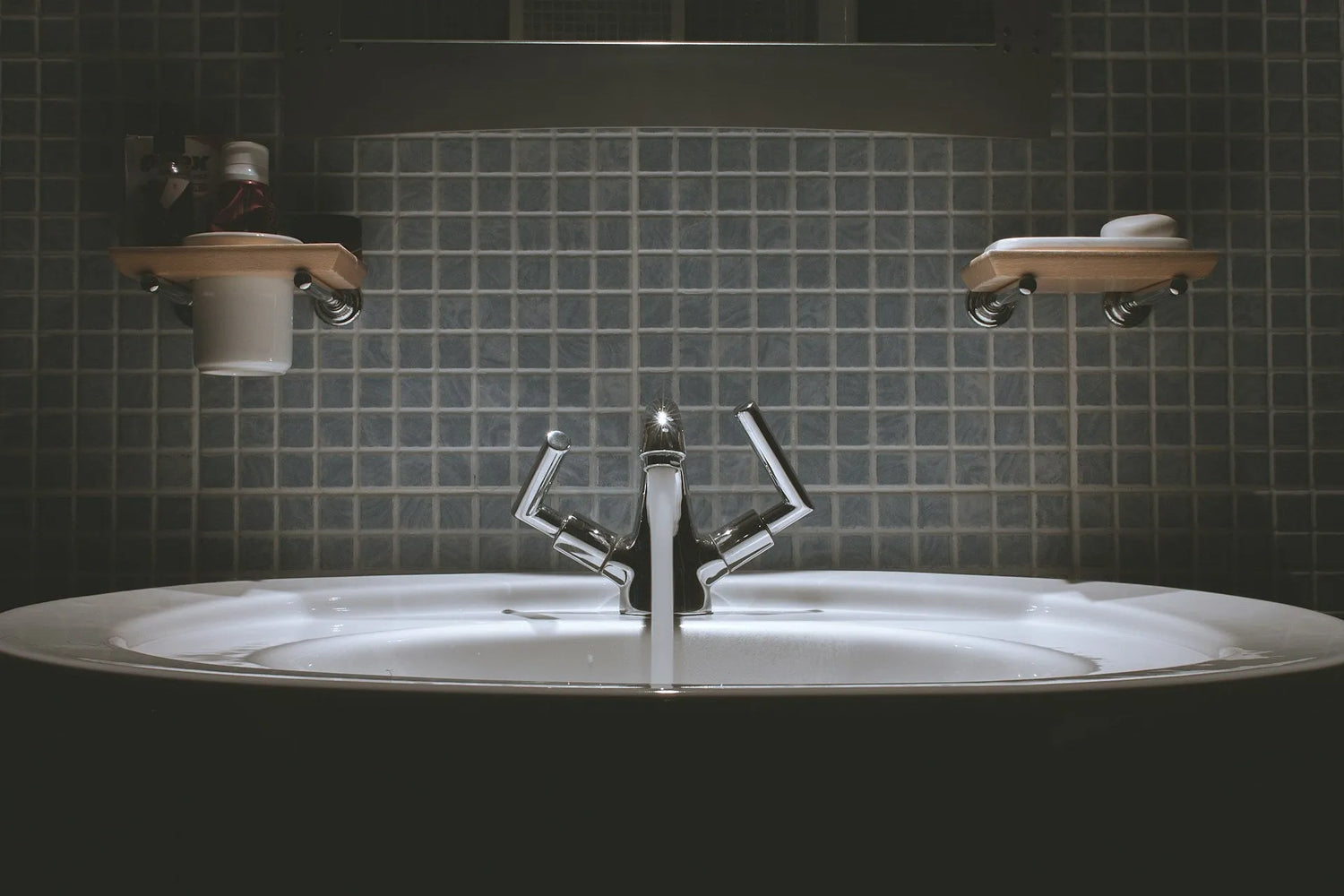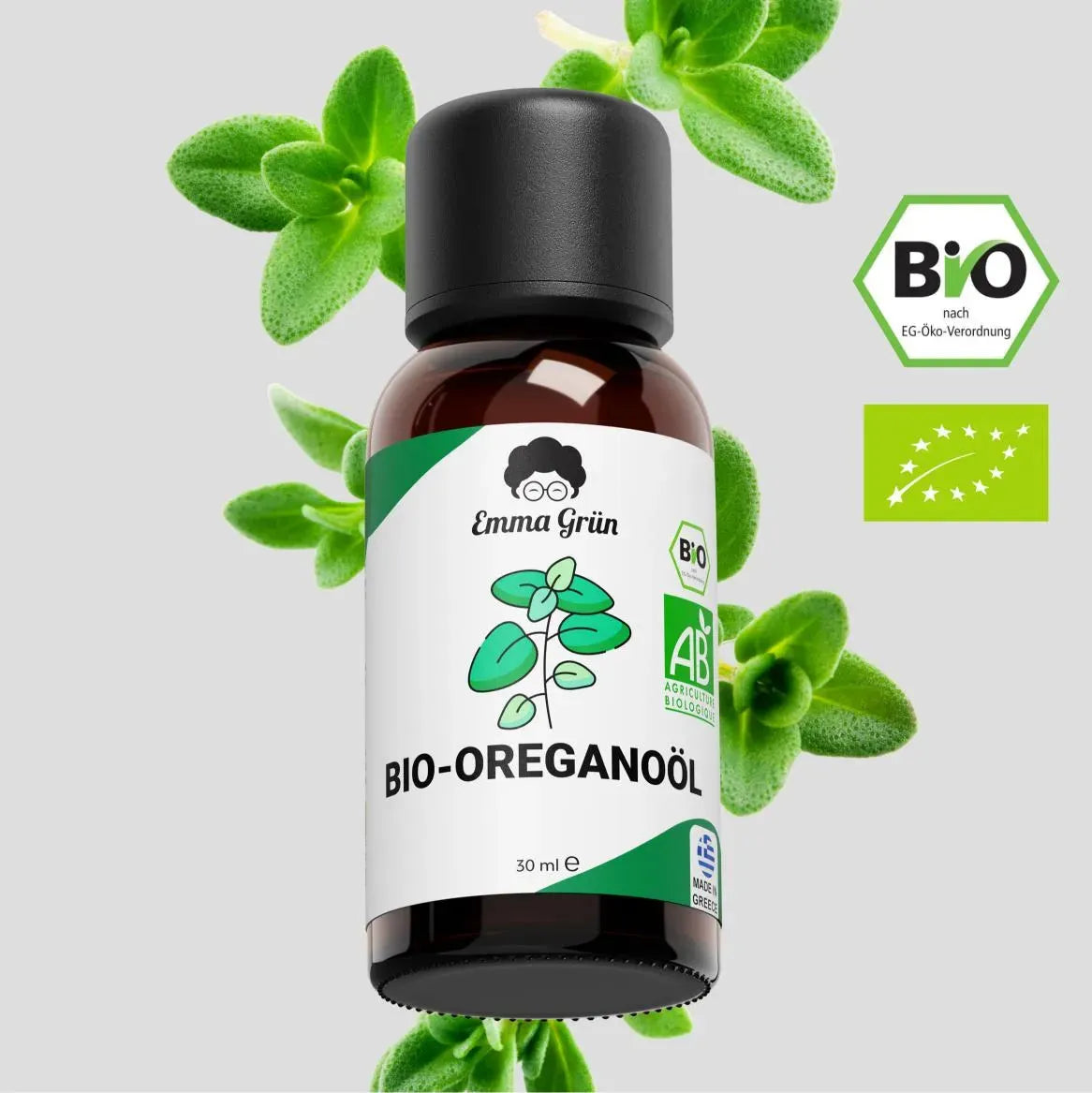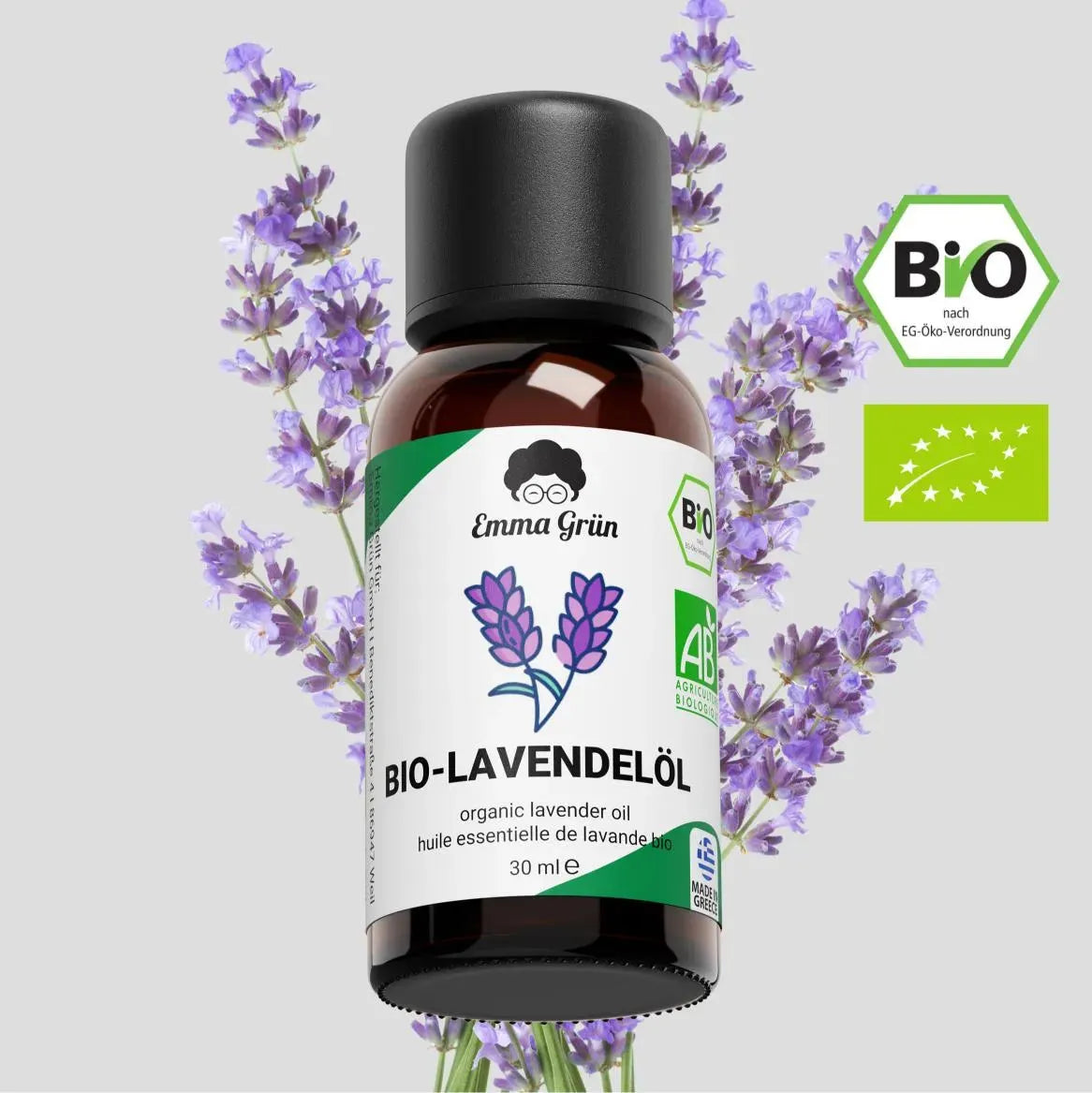Are you wondering why your bathroom grout has lost its pure white color despite regular cleaning and are now puzzled as to how to make it shine again? Bathrooms are places of relaxation, but gray or discolored grout can significantly reduce the feel-good factor.
Unfortunately, you are not alone with this everyday problem. Due to constant moisture, it is often the case that the grout in your bathroom turns greyish-black and, due to the use of aggressive cleaners, even becomes porous faster than we would like.
But don't worry, there are simple and effective solutions that we will examine in detail in the next article. Get ready for surprisingly simple home remedies and methods that will not only clean your tile joints, but also keep them in their original condition for the long term. Stay tuned and discover how you can transform your bathroom into a sparkling clean oasis of well-being without using harsh chemicals.
Why do tile grout in the bathroom turn black?
The reason why tile joints in the bathroom take on a greyish colour is inadequate cleaning . Even if you clean your bathroom regularly, the deeper tile joints often fall by the wayside.
The result is that limescale, dirt and soap residue accumulate there, which eats into the material over time and leaves unsightly discoloration . White joints in particular then give an unclean impression. The following factors contribute to the discoloration of your joints:
- Soap residue and dirt: Soap residue and dirt build up in the joints. Over time, these residues can cause dark discoloration.
- Humidity: Bathrooms are typically humid environments. Prolonged humidity in the grout can lead to mold growth and darkening.
- Inadequate ventilation: Poor ventilation in the bathroom causes moisture to remain in the environment longer, which in turn increases the likelihood of mold and mildew growth.
- Limescale deposits: Hard water can cause limescale deposits in the grout, which can become darker over time.
- Mold and mildew: In bathrooms, which are often damp and warm, mold spores and mildew find ideal conditions to grow. These organisms can settle in the grout and cause black or dark discoloration. As soon as you notice discoveries of this kind, you should act immediately. Mold spores are not to be trifled with. They attack your health and can lead to serious problems in the respiratory tract .
Important: To prevent discoloration and mold, it is essential to regularly ventilate the bathroom, remove excess moisture and clean the joints . Only then will dirt, soap residue and limescale be completely removed and your tile joints will not become an unsightly breeding ground for mold spores and bacteria.
Clean joints are also essential for the overall appearance of your tiles. They not only contribute to the aesthetics of the room, but also influence the feel-good factor . Clean joints also enhance the appearance of the tiles, make the colors appear more vibrant and ensure a neat, inviting atmosphere.
Regular maintenance of tile grout also offers long-term benefits. It prevents the build-up of dirt and mold, which extends the life of the grout and tiles . Clean grout also helps maintain a healthy environment. Regular maintenance also makes cleaning easier, as it reduces the build-up of stubborn deposits.
Cleaning joints: household remedies as a simple and effective solution
Cleaning joints does not always have to be done with expensive or chemical cleaning products . There are a number of household remedies that are effective and environmentally friendly . We would like to share some of the most popular all-rounders with you. This is how you can achieve perfect results:
Baking powder & water
Mix baking soda with a little water to make a paste. Apply the paste to the grout and leave it to work for a few minutes. Then use an old toothbrush to scrub the grout and rinse off any residue with water.
Vinegar
For a perfect result, you can use the white vinegar either pure or diluted with water (1:1). Spray the vinegar solution onto the joints and let it work for a few minutes. Then scrub with a brush and rinse thoroughly.
Baking soda & vinegar
Mix baking soda with water to form a paste. Then prepare a spray bottle with white vinegar. Apply the baking soda paste to the grout and then spray the vinegar over it. This will create a foaming reaction. Let the mixture work for a moment, then brush the grout and rinse it with plenty of water.
Steam cleaner
If you own a steam cleaner, you can also use it to clean your bathroom grout. The hot steam not only removes dirt, but also mold spores .
The home remedies mentioned are not only inexpensive, but also environmentally friendly and gentle on the joints . If used regularly, they will help keep your bathroom joints clean and well-maintained. But what if mold has already built up in your tile joints due to moisture?
Removing mold from tile joints: What measures are possible?
There are several effective methods for removing mold from joints naturally. Most of the following measures are not only environmentally friendly, but also gentle on the surfaces and your health. These methods for removing mold have already proven themselves in practice:
- Vinegar essence: White vinegar is a powerful natural disinfectant . Spray the natural agent directly onto the moldy joints, let it work for a few hours and then brush the tile joints using an old toothbrush. Finally, rinse the treated areas with plenty of clean water.
- Baking soda: This propellant is not only great for cleaning your bathroom grout. It is also useful for removing mold . Mix baking soda with water to make a paste. Then apply this to the affected areas, let it work and then scrub the grout with a brush. Finally, remove all residue with water. Done!

- Hydrogen peroxide: Use 3% hydrogen peroxide. Apply it directly to the mold or use it in a spray bottle. Let it sit for a few minutes and then brush the grout. Rinse thoroughly afterward.
- Essential oils: Some essential oils, such as tea tree oil, oregano and lavender oil, have strong antibacterial and antifungal properties . To remove mold buildup on your grout, we recommend mixing a teaspoon of your favorite oil with a cup of water in a spray bottle. Spray the solution onto the grout to be treated, let it sit for a while, and wipe off any green residue.
- Bleach & Water: Only use measures like this in an emergency. Mix chlorine bleach with water in a 1:4 ratio. Apply the solution to the grout using a spray bottle, let it sit for a few minutes, then scrub the affected areas thoroughly. Bleach is very effective at removing discoloration, but should be used with caution and in well-ventilated areas . It is important to wear gloves and a respirator and to test the tile materials for compatibility beforehand.
Emma Green Tip: Keep the bathroom dry and well ventilated to prevent future mold growth. Regularly drying the grout after showering or bathing can also help.
These natural methods are effective against mold. It is important to ventilate regularly and wear protective gloves when using them , especially when working with vinegar, hydrogen peroxide or chlorine-based mold removers.
Make joints white again: proven methods for tile joints
The path to white tile joints can be a challenge. However, there are proven methods and means that are both effective and safe. The following measures will brighten up greyed joints:
- Toothpaste: Toothpaste, especially those with bleaching properties, can be effective in helping to whiten grout. Apply the toothpaste to the grout, let it sit for a moment, and then brush thoroughly with a toothbrush. Toothpaste is safe for most types of grout and provides a gentle but effective clean.
- Baking soda and hydrogen peroxide: Make a paste of baking soda and hydrogen peroxide. Apply it to the tile grout, let it sit, and then brush it off. This mixture is a safe and environmentally friendly option that is effective at removing stains and brightening grout.
- Grout cleaners: There are special grout cleaners designed to whiten grout. These products are usually effective, but it's important to use them according to the manufacturer's instructions and pay attention to the ingredients, especially if you have sensitive surfaces.
Slightly discolored grout can usually be lightened again using the methods mentioned. However, you should be particularly careful with natural stone or other sensitive tile materials and avoid using bleach .
Otherwise, these measures offer an optimal balance between effectiveness and safety to get your tile joints white again and keep them in good condition in the long term. However, it is always better not to let it get that far in the first place.
How can discoloration on tile joints be prevented?
There are some effective strategies to prevent discoloration of tile joints and at the same time maintain them with natural cleaners. These methods are not only environmentally friendly, but also gentle on the joints and the surrounding tiles . Here are some tips:
- Regular cleaning: One of the best ways to prevent discoloration is to clean regularly. Cleaning grout weekly with natural cleaners can remove dirt, soap scum and other buildup before it causes deep discoloration.

- Use natural products: Choose cleaning products that are based on natural ingredients. Products with plant-based surfactants and essential oils are a perfect choice. They work effectively against dirt and impurities and are at the same time gentler on the joints, your health and the environment. On top of that, essential oils have antibacterial properties and eliminate unpleasant odors .
- Regular ventilation and drying: Moisture promotes mold growth and discoloration. Therefore, ensure that the bathroom is well ventilated, especially after showering or bathing . Quick drying of the tiles and grout helps to prevent moisture buildup.
- Immediate stain treatment: When stains appear, you should take immediate action to address their presence. Acting quickly can reduce the risk of permanent discoloration.
- Protecting the grout: Consider treating the grout with a natural grout protectant after cleaning . This can help protect the grout from moisture and dirt.
- Gentle cleaning methods: Avoid hard brushes or abrasive cleaners that could damage the grout. A soft brush or sponge combined with a natural cleaner is usually sufficient .
By regularly implementing the measures described, you will help to keep your bathroom grout clean and free of discoloration in the long term. Sustainable cleaners such as the all-purpose power concentrates from Emma Grün belong to the new generation of cleaners . They contain ingredients such as sugar surfactants and essential oils that tackle dirt and limescale residues in the long term .
Unlike conventional products , sustainable cleaning products are equally suitable for cleaning silicone and cement joints due to their natural ingredients . If used regularly, you no longer have to worry about grey bathroom joints. This way, you create a pleasant atmosphere that offers space for relaxing moments of well-being, and also keep your bathroom in good shape.
Conclusion: Clean joints with natural methods
Cleaning and preventing discoloration in tile joints is an important aspect of bathroom care. Regular cleaning with natural products and household remedies is not only effective, but also gentle on the joints and harmless to the environment. By consistently cleaning the joints, quickly treating stains and using gentle cleaning methods, discoloration can be avoided.
Additionally, maintaining a dry environment plays an important role in preventing mold growth and moisture damage. Following these simple yet effective steps will keep the tile grout clean, bright and aesthetically pleasing, adding to the overall beauty and hygiene of the bathroom.
FAQ: Questions & Answers
How often should I clean the grout in my bathroom?
To prevent dirt build-up, mold growth and discoloration, it is recommended to clean the grout at least once a month. If the bathroom is used frequently or the humidity is high, it is recommended to clean the grout more often.
Can I use bleach to clean the grout?
Bleach can be effective in removing mold and heavy stains, but should be used with caution. It is aggressive and can damage grout if used improperly. It is advisable to try milder methods such as vinegar or baking soda first.
How do I remove mold from the joints?
Natural methods such as using vinegar, hydrogen peroxide or tea tree oil are effective against mold. Apply the solution to the affected areas, let it sit, then scrub before rinsing with water.
Are steam cleaners safe for cleaning grout?
Steam cleaners are an effective and environmentally friendly method of cleaning grout. They are generally safe for most types of tiles and grout. However, it is recommended that you test this method in an inconspicuous area first.
How do I prevent future discoloration of the joints?
Regular cleaning, drying the tile grout quickly after showering, and keeping the bathroom well ventilated can help prevent discoloration and mold growth. Also consider treating the grout with a grout protectant after the cleaning process.
Sources
- https://www.duschenprofis.de/magazin/fliesenfugen-reinigen/#:~:text=The%20best%20household%20remedies%20for%20cleaning%20fugues,it%20is%20best%20to%20use%20vinegar%20essence.&text=Has%20the%20mould%20already%20appeared,chemical%20anti-mould%2Dproducts.
- https://www.moderne-hausfrau.de/app/magazin/wie-reinigt-man-fugen-richtig/
- https://www.everdrop.de/the-good-mag/guide/fugen-reinigen-im-bad-das-sind-die-besten-hausmittel
- https://praxistipps.chip.de/fliesenfugen-reinigen-hausmittel-sind-besser-als-chemie_101943
- https://www.haus.de/leben/fugen-reinigen-2990





